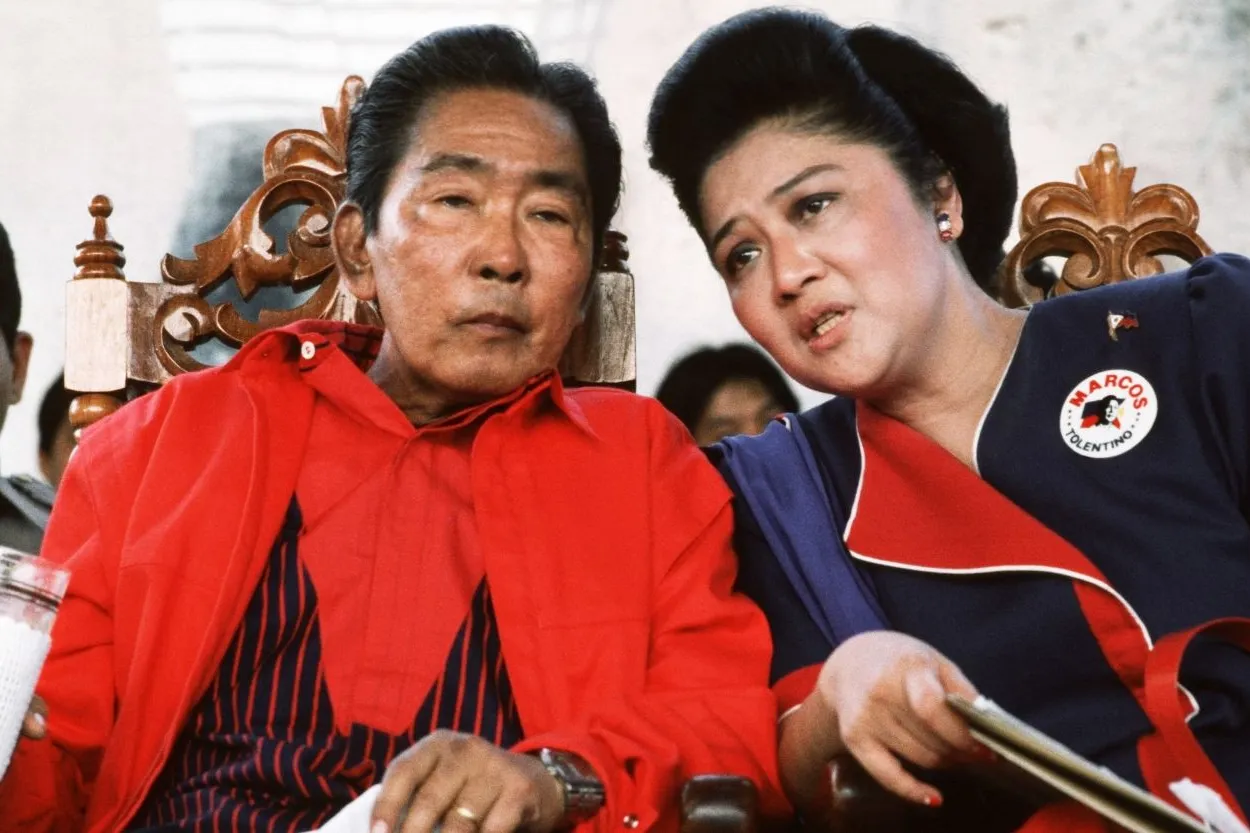For decades, the Central Provident Fund (CPF) has been the cornerstone of Singapore’s social security system, a mandatory savings scheme meant to ensure every citizen has a nest egg for retirement, healthcare, and housing. Yet, beneath the veneer of stability and foresight, a persistent undercurrent of frustration and suspicion has taken root. Many Singaporeans, especially as they approach their fifties, grapple with a question that fuels a deep-seated conspiracy theory: why can’t I withdraw all my CPF savings?
This sentiment often stems from a very human place. Imagine a lifelong worker, having contributed a significant chunk of their salary for decades, seeing a substantial sum in their CPF account, only to find they can’t access it when they need it most. This feeling of disconnect between ownership and access has sparked intense debate and, in some corners of the internet, the theory that the government is using citizens’ money as a vast, disguised loan to fund national development and projects. It’s a powerful narrative that pits individual need against collective national goals, creating a palpable sense of unease.
🧠 The Core of the Conspiracy: A Disguised Loan?
The theory that the government is covertly “borrowing” from the CPF is not new. It hinges on the idea that the state uses the pooled funds to purchase Special Singapore Government Securities (SSGS), a type of bond issued exclusively to the CPF Board. The conspiracy suggests that this is a way to fund public infrastructure, national debt, and development projects without having to go to international markets. In this view, the government is essentially holding its citizens’ retirement money hostage, lending it back to itself to maintain fiscal stability and continue a cycle of nation-building.
For a citizen facing a sudden financial crisis or simply wanting to enjoy their savings in their golden years, the system’s inflexibility can feel punitive. The inability to fully access one’s own money creates a vacuum of trust, which is then filled by these alternative explanations. The public’s frustration is often amplified by a lack of clarity on how exactly the funds are invested and where they ultimately go. While the government provides detailed reports, for many, the complexity of financial jargon and the sheer scale of the numbers make it difficult to reconcile with their own personal financial reality.
The Problem with Access
The core of the issue is not the amount of money, but the lack of control.
- 🔒 Withdrawal Restrictions: At age 55, a person can only withdraw a portion of their savings, and only if they’ve met the Minimum Retirement Sum. This sum increases regularly, leading to a feeling of constantly shifting goalposts.
- 💰 Limited Liquidity: Unlike a traditional savings account, CPF funds are not easily accessible for emergencies or other personal financial needs.
- 🤔 Lack of Transparency: While data is available, many find the investment process and the role of the Government of Singapore Investment Corporation (GIC) to be opaque and difficult to understand.
📊 How the System Actually Works
To understand the mechanics, we need to look at how CPF funds are actually invested. When the CPF Board collects contributions from employees and employers, it doesn’t just sit on the cash. The funds are channeled into the purchase of SSGS. The government, in turn, invests the proceeds from these bonds through entities like GIC, which manages Singapore’s foreign reserves.
This is where the distinction becomes crucial. The government isn’t “using” the CPF money directly to build a new MRT line or a seaport. Instead, the CPF Board is a lender to the government, which then invests the money globally to generate returns. The interest paid on the SSGS is what funds the attractive interest rates on CPF accounts—up to 6% for those 55 and above. This mechanism ensures that the principal amount of CPF savings, and the interest accrued on them, is guaranteed by the government. In essence, the government’s promise is to return the money with interest, backed by its strong financial position and global investments.
This system, which some perceive as a loan, is actually designed as a risk-free investment for citizens. The government guarantees the returns, shielding CPF members from market volatility. This is a stark contrast to other pension systems where individuals bear all the investment risk.
🌏 Global Context: How Other Countries Handle Pensions
Singapore’s system is a unique hybrid, but comparing it to other pension models worldwide helps shed light on its strengths and weaknesses. Most countries operate on one of two main models:
🇺🇸 Pay-as-you-go (PAYG)
In this model, common in places like the United States and many European nations, current workers’ contributions are used to pay for the pensions of current retirees. This system works well with a healthy, growing workforce but can become unsustainable as populations age and fertility rates decline. The burden of supporting a large elderly population falls on a shrinking working-age group, creating significant generational tension and political challenges. Singapore’s Senior Minister Lee Hsien Loong has explicitly highlighted this as a problem the CPF system was designed to avoid, emphasizing the principle of self-reliance.
💰 Defined Contribution (DC)
Under this model, individuals and their employers contribute to a personal account, and the retirement income depends entirely on the performance of those investments. This is similar to a 401(k) in the US. While it offers individual control and the potential for higher returns, it also exposes individuals to significant market risk. A market downturn just before retirement can wipe out a lifetime of savings. The Singaporean system, by guaranteeing returns through government bonds, mitigates this risk while still being a defined contribution scheme.
The CPF system’s approach of having multiple accounts (Ordinary, Special, MediSave, and later, the Retirement Account) for different life stages—housing, retirement, and healthcare—is a sophisticated attempt to balance these diverse needs. It’s a deliberate choice to prioritize long-term stability and security over short-term liquidity.
💬 Acknowledging Real-World Frustrations
Despite the structural soundness of the CPF, the frustration from the ground is very real. Many younger Singaporeans feel the mandatory contributions are a strain on their monthly take-home pay, especially in a city with a high cost of living. For them, the CPF is not an asset but a forced savings plan that limits their cash flow and immediate spending power.
Another major pain point is the retirement sum. The amount a person must set aside in their Retirement Account before they can make partial withdrawals at age 55 is a constantly moving target, increasing with each cohort to keep pace with inflation and rising living standards. While this is done to ensure a minimum income for a longer lifespan, it often feels like the goalposts are being shifted, making retirement planning feel like a futile exercise for some. The rules for withdrawal, such as being able to use a property pledge to meet a portion of the retirement sum, are also complex and not always intuitive, adding to the feeling of being locked out of one’s own money.
💡 How Transparency Can Build Trust
So, how can we solve this crisis of suspicion? The answer lies not in changing the fundamental structure of the CPF, but in revolutionizing how it’s communicated. The government needs to meet citizens where they are, using language and examples that resonate with everyday life.
First, educational initiatives need to be more proactive and less reliant on dense, official documents. Explaining the system through relatable analogies, interactive digital tools, and human-centric stories could demystify complex concepts like the Retirement Sum and accrued interest. A clearer visual breakdown of where every dollar goes, from the individual’s paycheck to the national reserves, could build a more concrete sense of trust.
Second, the government should continue to explore pathways for greater flexibility without compromising the system’s long-term sustainability. While full withdrawal might be impractical, could there be more options for early partial withdrawals for specific, life-altering events, such as a family medical emergency or to pursue a business venture? These small gestures of flexibility could go a long way in addressing the feeling of being trapped by the system.
Ultimately, the CPF is a double-edged sword: a powerful tool for national planning and social stability, but one that can feel deeply restrictive on an individual level. By acknowledging and addressing the genuine frustrations of its citizens with empathy and transparency, Singapore can ensure that the CPF remains not just a sound financial scheme, but a source of confidence and pride for all who contribute to it.




